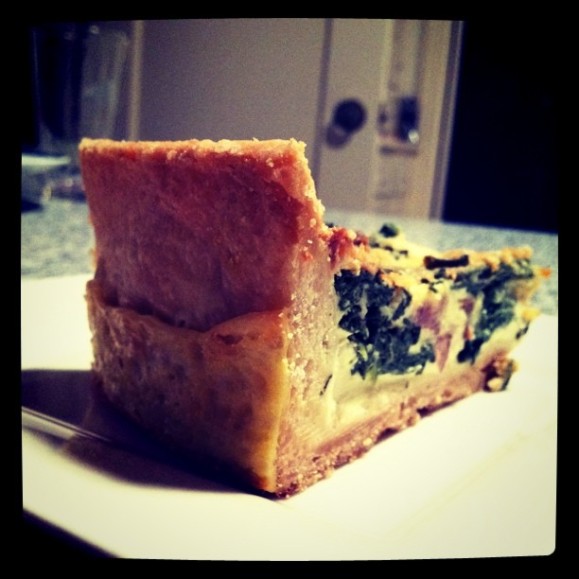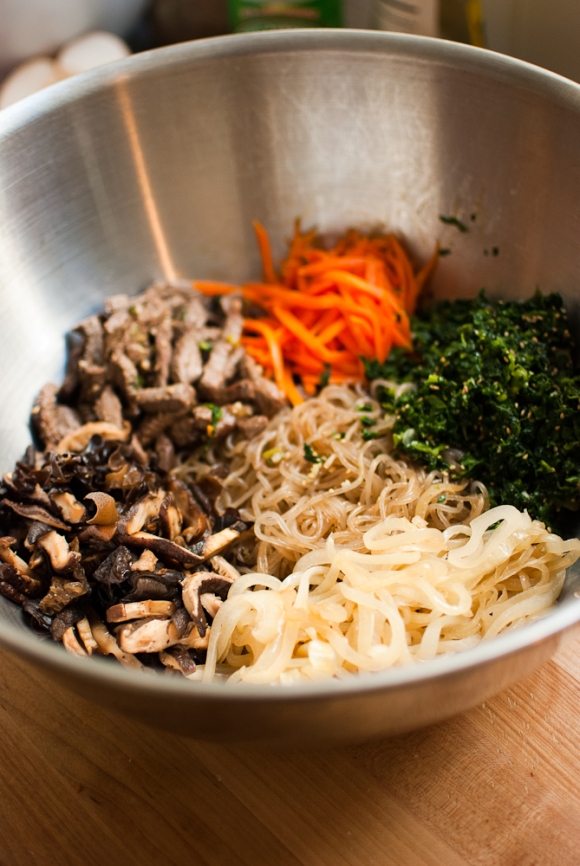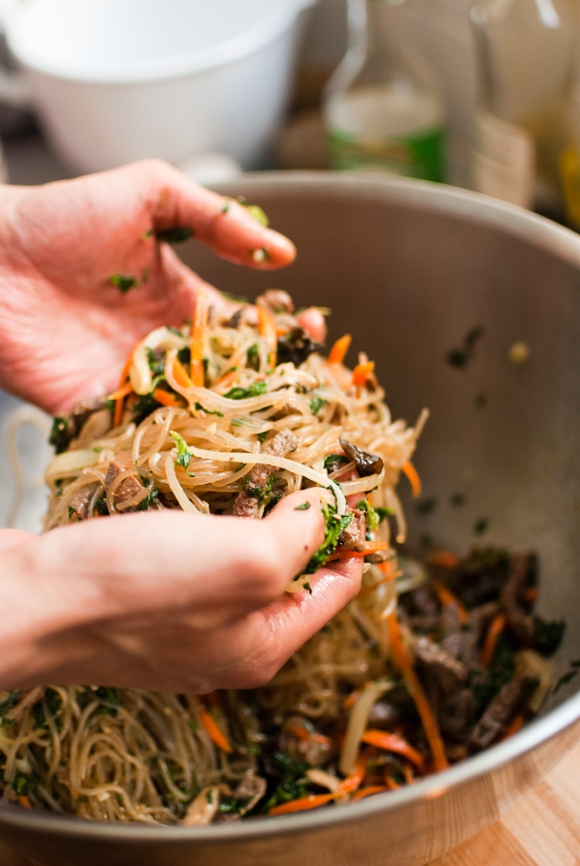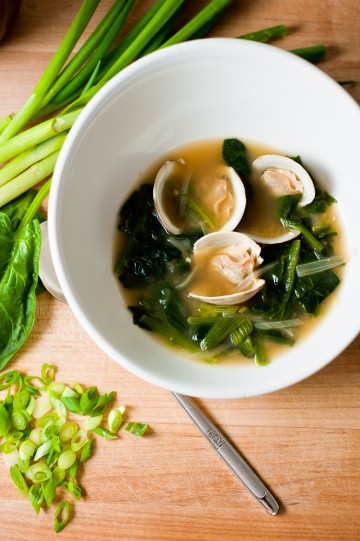[one_half][M]y least favorite aspect of graduate school is the process of saying goodbye. There is ceremony. Stifling tears, the departing student delivers a PowerPoint deck filled with inside jokes and parent-friendly illustrations. This is usually followed by a reception, maybe a barbecue, sometimes an evening out with friends and extended family. Then, suddenly, this person—with whom you’ve spent more time in the past several years than your own spouse—is… back at work. They continue to answer to greetings like, “You still here?” “I thought you had graduated…” or “Is it OK if I start moving my stuff into onto your bench?” After an awkward, lame-duck phase lasting from 1 – 16 months, there is another going-away party. This one doesn’t involve parents or thesis advisors. It’s in the secondary goodbye situation that you seriously begin to contemplate what your life will be like without this person.
Being a bit long in the tooth, I’ve experienced my share of goodbyes. Each time, I face the same, harsh reality: Another beer can chicken contestant out the door.
I’ll admit that I’ve had concerns about the long-term viability of our quasi-annual Battle Beer Can Chicken competition. We’ve lost countless contestants to academia, industry, civilian life… Sure, we’ve had some new blood in recent years. But I needed to find a more consistent source of food-obsessed, hyper-competitive people unlikely to have alternate 4th of July plans.
* * * * *
BATTLE BEER CAN CHICKEN IV: SCIENTISTS VS. FOOD BLOGGERS
As a pot luck organizer, my job was made criminally easy by the abrupt influx of food bloggers to our invite list. Need a legume/nut-free vegetarian non-dessert? Check. Baked goods? More than we can sensibly consume. Also cameras. Lots and lots of cameras. You’ll notice that Mrs. Babychili got a much needed break from photo duty this time around.
The question, of course, was whether my stranglehold on the coveted Golden Gob award would be more seriously threatened, given the culinary skill of this new class of contestant. That said, the scientist contingent was certainly nothing to sneeze at. Scientist/food blogger Rice and Wheat, perennially responsible for the most photogenic chicken (pictured above), competed with renewed vigor.
Also returning was BBC I silver medalist, Matt. A pure scientist and non-food-blogging entity, Matt brought a certain swagger to his game.
Overall, 5 out of our 7 cheftestants this year were food bloggers. 4 out of 7 were scientists, with Angi and me serving as dual citizens. Game on.
* * * * *
GRILLING INSTRUCTIONS
As in previous years, all birds were cooked on a Classic Old Smokey Barbecue Grill (#18), which can comfortably accommodate 3 large (> 4.5 lb.) chickens or 4 smaller birds. One tweak we made this year was to mount each chicken on a trimmed pie tin, which mitigates scorching by blocking flames and preventing chicken fat from falling onto the coals. The chickens were then grilled with the lid closed, at a target temp of 350F for about 1.5 hours, depending on size. Most competitors cooked their birds to an internal temperature of 165F – 175F in the thickest part of the thigh. To maintain temperature, 10 – 12 hot coals were added to each grill at the 1 hour mark.
* * * * *
THE RECIPES
Last year, Angi brought a Korean-inspired chicken into my home, hoping to take home the gold. In the closest Battle Beer Can Chicken vote in history, I managed to “out-Korean” her entry. This year, I knew I had my work cut out for me. Shortly before the competition, Sunday Night Dinner informed me that he was bringing a Ga Ro Ti inspired chicken, based on a family recipe. My heart sank. That’s exactly what I had planned to do (except without the Vietnamese family recipe on my side). Would I be able to out-Viet a Viet?
I knew I had to do something drastic to avoid a split vote. One way was to change the marinade to be fairly unlike a traditional Ga Ro Ti. My other idea was to go over-the-top: Chicken liver pâté underneath the skin. Without going into details, I’ll tell you that pâté underneath the skin is definitely not a good idea. You’re just going to have to trust me on that one. After suffering through the worst test-chicken I’ve made to date, this is what ended up doing:
“The FauxViet,” by Babychili
A 4 – 4.5 lb, high-quality chicken
2 T kosher salt
2 tsp black pepper
The marinade:
1/4 C soy sauce
2 T grapeseed or vegetable oil
2 T sesame oil
3 T fish sauce
2 T honey
2 tsp black pepper
1 tsp white pepper
2 tsp ground five spice
1/4 C chili garlic sauce
juice from 2 limes
6 cloves garlic, minced
roughly the same amount of fresh ginger, minced
4 green onions, thinly sliced
1 12 oz can beer (It probably doesn’t matter, but I used a Boont Amber.)
I’m personally not a fan of the “giant chicken strategy.” Proponents of that strategy contend that a larger bird is more difficult to overcook, and will thus be more tender. In my opinion, a small-to-average-sized bird is better because there’s less of a temperature gradient from the surface down to the bone. That gives me more control over texture, which is important. The tenderness will come from both the brining step and the acid in the marinade.
Pat the chicken dry with paper towels and season with salt and pepper, inside and out. Cover loosely with plastic wrap and refrigerate for 24 hours.
Combine ingredients for the marinade and allow to stand at room temperature for 15 – 20 minutes. Pat the chicken dry again, discarding any liquid that may have oozed out of it. Using your hands, massage the chicken with a liberal amount of marinade inside and out, and underneath the skin. Put the well-rubbed chicken into a giant zippered plastic bag, and pour the rest of the marinade on top. I double-bag it at this point, and refrigerate for a day and a half, turning once.
Drink about 3/4 of the beer. Using a “church key” style can opener, punch a number of additional holes on the top of the can and liberally add marinade and juice from 1/2 of a lime. Use the other half of the lime (trimmed if necessary) to fashion a plug at the neck hole to trap steam.
Prop the chicken onto a trimmed pie tin (a beer can chicken holder helps, but is not strictly necessary). Grill @ 350F for about 1.5 hours, or until the temperature reads 170F in the thickest part of the thigh. Allow the chicken to rest at room temperature for at least 15 minutes prior to carving.
Some notes from the rest of the field:
“Chicken of My Childhood,” by Sunday Night Dinner:
The recipe is sort of here… I quadrupled the marinade for a 4.9 pound chicken, added 10 minced Thai chili peppers, injected the breasts and marinated for 36 hours, rotating every 6 hours. I didn’t get any heat after the bird was grilled, so I would use a few habaneros instead next time!
“Hawt Chick,” by Beyond the Plate (full recipe HERE):
I was going for a spicy Southeast Asian theme and knew that I wanted to beer-brine our bird, which we bought from Jim at Pampero Ranch. M selected Hefeweizen for our beer as it was similar to the types of light lagers commonly drunk with spicy dishes back home.
To the beer we added a few stalks of cilantro, lemongrass, thick chunks of galangal and many kaffir lime leaves, in addition to the usual characters of water, salt and sugar. We ended up perfuming the whole house with the aromatic concoction that brined our bird for 18 hours.
I initially planned to prepare a spicy chili paste to marinate the chicken, but after realizing the complexity of the brine, I made a dry rub featuring coriander seed, dried chilis and pink peppercorns instead, to flavor and crisp the skin without overpowering the subtlety of the meat. After the brine and letting the bird dry out for a bit, I rubbed it all over with the spices and let it marinate for another 18 hours before setting it on the grill.
“Chicken of the Colonies” by Rice and Wheat (full recipe to be posted shortly, over at r+w):
For the 2nd year in a row, we employed the ‘giant chicken’ strategy. This year though, we were less fortunate and could only find a 5.5 lb chicken. Chicken was dry-brined for 36 hours. We then rubbed it with the marinade for african chicken (which is more like a paste) and left it for another 24 hours. Sauce was served on the side.
“Boozy Bird,” by The Tomato Tart:
My air chilled organic chicken was not brined due to a brining mishap, but I would seriously recommend dry-brining with salt and maple sugar for 36 hours. Under the skin, I stuffed the chicken with bacon, rye, and maple butter. The rub was a mixture of sea salt, mustard, onion powder, habenero powder, and muscavdo sugar—and was inside and out of the chicken. The sauce was roasted and fresh peaches blended with a can of dark beer + four oz maple syrup reduced to 6 oz of liquid, habenero powder, rye whiskey, and stone ground mustard. I started glazing the chicken about 20 minutes before it’s done time.
“Cold Smokey,” by Matt.
Started with a small, 3 lb, Mary’s chicken. Dry brined for 1 day. Wet brined for 1 day. Cold smoked at 70F for 4 hours using apple and hickory wood. The bird sat on a block of ice throughout, so that internal temperature was maintained at less than 50F during the smoking process. Cooked on grill with patriotic Budweiser beer can providing wetness (“The essence of beauty,” DZ, 2001). Finished by soaking the chicken in an Alabama style white BBQ sauce – mayo, vinegar, horseradish, lemon, spices.
“Asian Street Chicken,” by Holly.
The chicken was dry brined overnight. I made a marinade consisting of a mixture of vegetable oil, soy sauce, five spice powder, turmeric, fresh garlic, fresh ginger, fresh lemongrass, salt and star anise. Half of the marinade was applied to the chicken overnight, the other half was used to make the glaze. Glaze: I strained the marinade and added honey, sugar and rice wine vinegar, and reduced until syrupy. The glaze was brushed on the chicken during and after grilling. Soy-lime dipping sauce: soy sauce, lime juice, rice wine vinegar, sugar, red pepper flakes, jalapeno.
THE OUTCOME
Yay Science!
—Jesse Pinkman
OK, so maybe home-court advantage is beginning to be a little on the unfair side. I will say this: Either Holly and Matt should be writing food blogs, or the rest of the food bloggers need to seriously step it up for Battle Beer Can Chicken V! Scientists claimed the top three spots, with Holly being just a couple ballots away from stealing this one.
In the meantime, much to my wife’s chagrin, The George Oscar Bluth II Golden Chicken Award will remain on our mantle for one more year.
[/one_half]
[one_half_last]
 (photo: angi @riceandwheat)
(photo: angi @riceandwheat)
 (photo: angi @riceandwheat)
(photo: angi @riceandwheat)
 (photo: danielle @BeyondPlate)
(photo: danielle @BeyondPlate)
 (photo: danielle @BeyondPlate)
(photo: danielle @BeyondPlate)
 (photo: angi @riceandwheat)
(photo: angi @riceandwheat)
 (photo: angi @riceandwheat)
(photo: angi @riceandwheat)
 (photo: sabrina @thetomatotart)
(photo: sabrina @thetomatotart)
 (photo: danielle @BeyondPlate)
(photo: danielle @BeyondPlate)
 (photo: angi @riceandwheat)
(photo: angi @riceandwheat)
 (photo: angi @riceandwheat)
(photo: angi @riceandwheat)
 The “prize.”
The “prize.”
 My filthy hands. (photo: jun @JunBelen)
My filthy hands. (photo: jun @JunBelen)
 Nathan’s filthier hands. (photo: elaine @e_eats)
Nathan’s filthier hands. (photo: elaine @e_eats)
 Spectators. (photo: chuck @chuck415)
Spectators. (photo: chuck @chuck415)
 Closest I got to a picture of The Baking Barrister. (photo: sabrina @thetomatotart)
Closest I got to a picture of The Baking Barrister. (photo: sabrina @thetomatotart)
 Number three. (photo: angi @riceandwheat)
Number three. (photo: angi @riceandwheat)
 Largemouth bass. (photo: jun @JunBelen)
Largemouth bass. (photo: jun @JunBelen)
[/one_half_last]
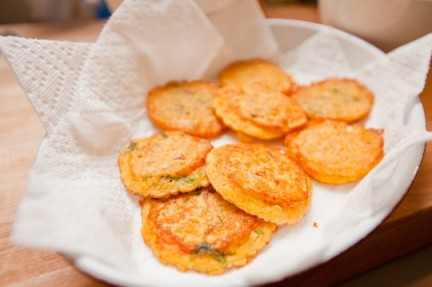
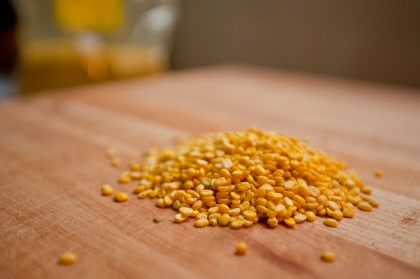



 (photo:
(photo: 

















